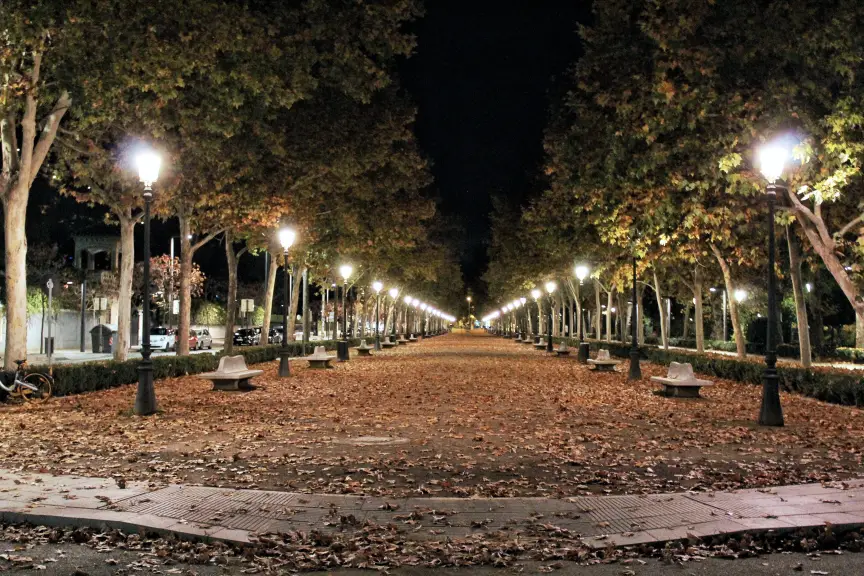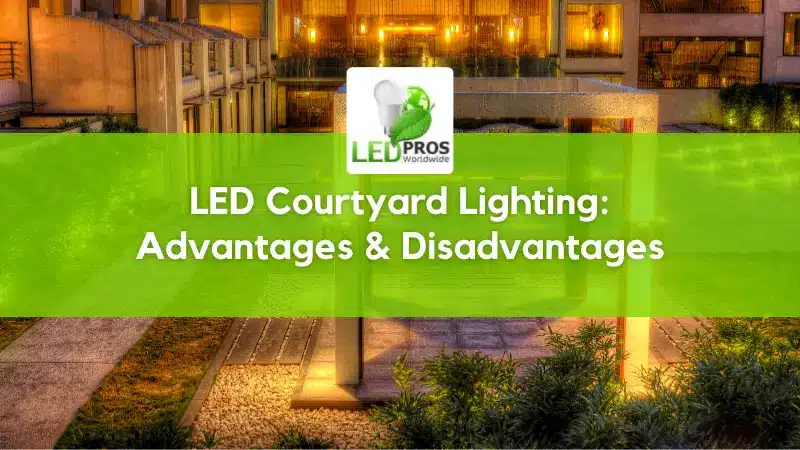When the sun sets and darkness blankets our surroundings, there’s something magical about the way well-placed post top lights transform the landscape. Whether adorning a city street, a park, a garden, or a pathway, these luminous beacons play a pivotal role in enhancing safety, aesthetics, and ambiance. But have you ever wondered how post top lights work their magic, casting an inviting glow while conserving energy and maintaining longevity? In this comprehensive guide, we’ll delve into the inner workings of post top lights, shedding light on the technology behind them, their various applications, and addressing frequently asked questions.
Understanding the Basics of Post Top Lights
The Anatomy of a Pole Top Light
Before we explore how post top lights work, let’s take a moment to examine their fundamental components. A typical post top light consists of the following key parts:
Luminaire: This is the housing or fixture that contains the light source, optics, and other essential components. The luminaire’s design can significantly impact the distribution and quality of the light. Read more about Enhance Your Outdoor Space with Stunning Lamp Post Lighting here.
Light Source: Post lights can use various light sources, with LED (Light Emitting Diode) and traditional bulbs (such as incandescent or fluorescent) being the most common. LEDs have gained prominence due to their energy efficiency and long lifespan.
Optics: These components include reflectors, lenses, and diffusers that help control and direct the light output. Optics play a crucial role in determining the light’s distribution, including the beam angle and intensity.
Post or Pole: The post or pole serves as the support structure for the luminaire and houses the electrical wiring and power supply.
Electrical Components: These include the driver (for LEDs), ballast (for traditional bulbs), and wiring connections. These components ensure the light source receives the correct voltage and current.
Controls: Some post top lights feature advanced controls such as dimming, motion sensors, or timers, allowing for customized lighting levels and energy savings.
Now that we’ve identified the key elements, let’s delve into how post top lights work their magic.
The Illuminating Process
At its core, the operation of a post top light is relatively straightforward:
Electricity Supply: A power source, typically connected to a grid or powered by renewable energy sources like solar panels, supplies electrical energy to the luminaire through the pole or post.
Light Source Activation: Depending on the type of light source used, the electricity activates either LEDs or traditional bulbs. LEDs are the most common choice today due to their energy efficiency, durability, and brightness.
Light Generation: Within the light source, electrons move through a semiconductor material in LEDs, releasing photons and producing visible light. In traditional bulbs, the electricity heats a filament or gas, emitting light as a result.
Light Control: The optics within the luminaire play a pivotal role in controlling the direction, distribution, and intensity of the light emitted. This ensures that the light is directed where it’s needed, be it illuminating a sidewalk or creating an aesthetically pleasing ambiance in a park.
Environmental Considerations: Many modern post lights are equipped with sensors and controls that allow for automatic adjustments based on environmental factors. This includes dimming the lights during daylight hours, brightening them as darkness falls, and even responding to motion or occupancy.
Applications of Post Top Lights
Now that we understand the basic workings of post top lights, let’s explore their diverse applications:
1. Street Lighting
One of the most common uses of pole top lights is illuminating streets and roadways. They enhance road safety by providing adequate visibility for drivers and pedestrians. LED pole top lights are preferred for street lighting due to their energy efficiency, long lifespan, and uniform light distribution.
2. Park and Pathway Lighting
Outdoor Light Posts add a touch of elegance to parks, gardens, and pathways. They create inviting spaces for evening strolls, enhance the beauty of outdoor landscapes, and promote safety in recreational areas.
3. Commercial and Residential Areas
In urban and suburban settings, Lantern posts are often used to illuminate commercial districts, residential streets, and public squares. They contribute to a sense of security, improve nighttime aesthetics, and encourage outdoor activities.
 |
FAQs
Q1. Are LED post top lights more energy-efficient than traditional bulbs?
A1. Yes, LED post-top lights are significantly more energy-efficient than traditional bulbs. LEDs consume less electricity to produce the same or even higher levels of illumination. They also have a longer lifespan, reducing maintenance costs.
Q2. Can post lights be powered by solar energy?
A2. Yes, many post lights are equipped with solar panels and batteries, allowing them to operate independently of the electrical grid. Solar-powered post top lights are eco-friendly and cost-effective in areas with abundant sunlight.
Q3. How do pole top lights contribute to energy conservation?
A3. Pole top lights can contribute to energy conservation by using energy-efficient LEDs, and by incorporating smart controls. These controls can adjust light levels based on ambient conditions, reducing unnecessary energy consumption.
Q4. What is the typical lifespan of LED post top lights?
A4. LED post top lights typically have a lifespan of 50,000 to 100,000 hours or more. This translates to several years of maintenance-free operation, making them a cost-effective choice in the long run.
Q5. Are pole lights customizable in terms of design and color temperature?
A5. Yes, post top lights are available in a variety of designs and color temperatures to match specific aesthetic and functional requirements. Customization options allow you to choose fixtures that blend seamlessly with the surrounding environment.
Q6. Do pole lights emit light pollution?
A6. Pole lights can contribute to light pollution if not properly designed and installed. However, many modern pole top lights are designed to minimize light spill and direct illumination where it’s needed, reducing light pollution.
 |
Conclusion
In the world of lighting design and urban planning, post top lights stand as elegant sentinels of illumination, breathing life into our streets, parks, and public spaces when the sun dips below the horizon. This comprehensive exploration into the workings of Outdoor Light Posts has illuminated their critical role in enhancing our surroundings, ensuring safety, and optimizing energy efficiency.
We began by dissecting the essential components that constitute a post lights, unraveling the intricate dance between electrical circuits, light sources, optics, posts, and controls. Through this understanding, we unraveled the seemingly simple yet meticulously crafted process that results in the gentle glow that permeates our urban landscapes and pathways.
The applications of Outdoor Light Posts span a wide spectrum, from the functional illumination of streets and parking lots to the creation of aesthetically pleasing environments in parks and decorative installations. Whether they are casting their warm light over bustling city centers, guiding us along peaceful pathways, or accentuating the beauty of public spaces, post top lights are versatile tools that shape the character and experience of our shared spaces.
To complement this exploration, we addressed some frequently asked questions to clarify misconceptions and shed light on crucial aspects of post top lights. From energy efficiency and customization options to environmental considerations and light pollution, these insights further underscored the importance of informed decision-making when selecting and designing post top lighting solutions. Read more about Creating the best look with an LED post top light here.
As we navigate the ever-evolving landscape of technology, we can anticipate post top lights to continue their journey of improvement, becoming even more efficient, customizable, and eco-friendly. These innovations promise to enrich our urban environments, making them more inviting, sustainable, and conducive to our well-being.
[gravityform id=”1″ title=”true” description=”true”]
